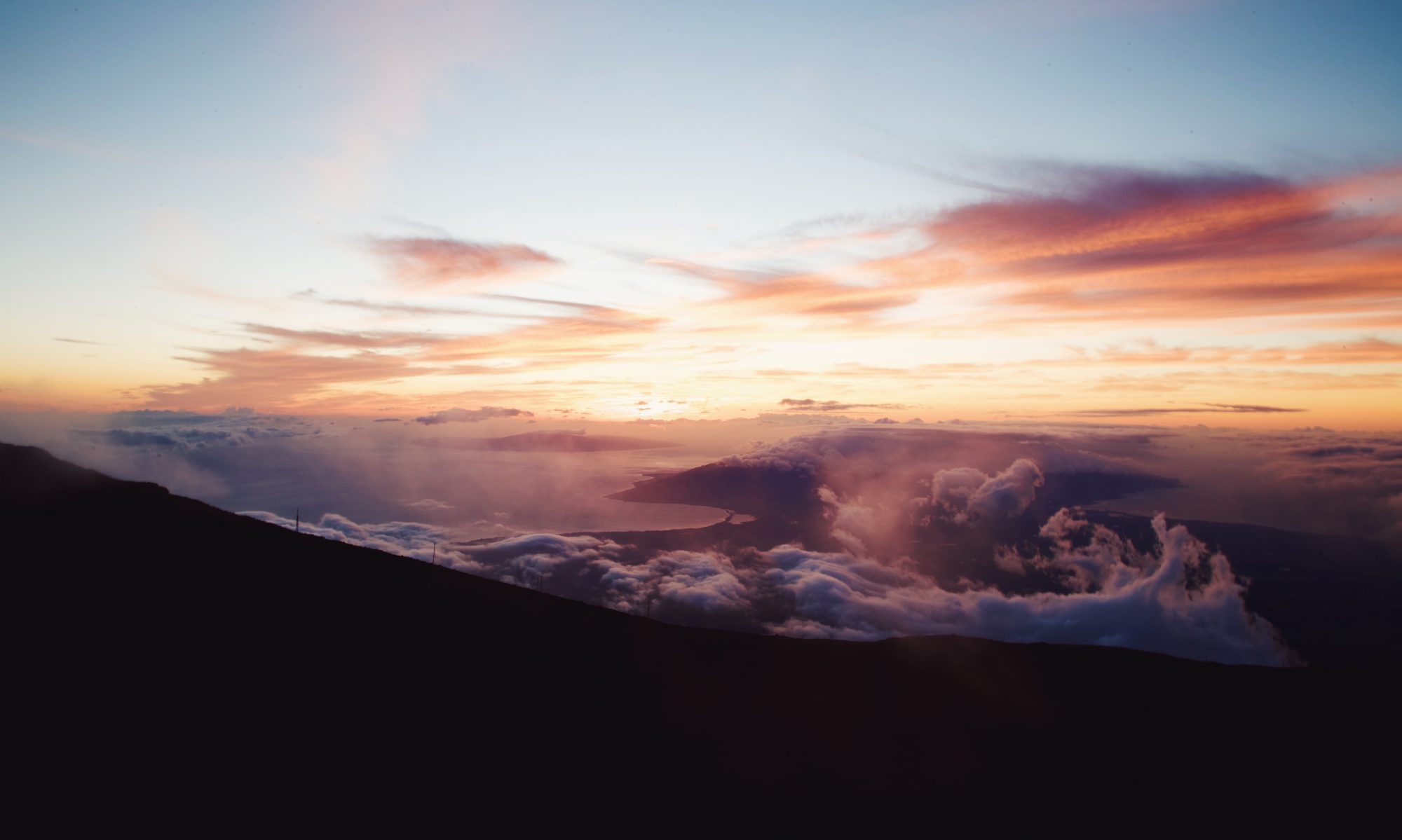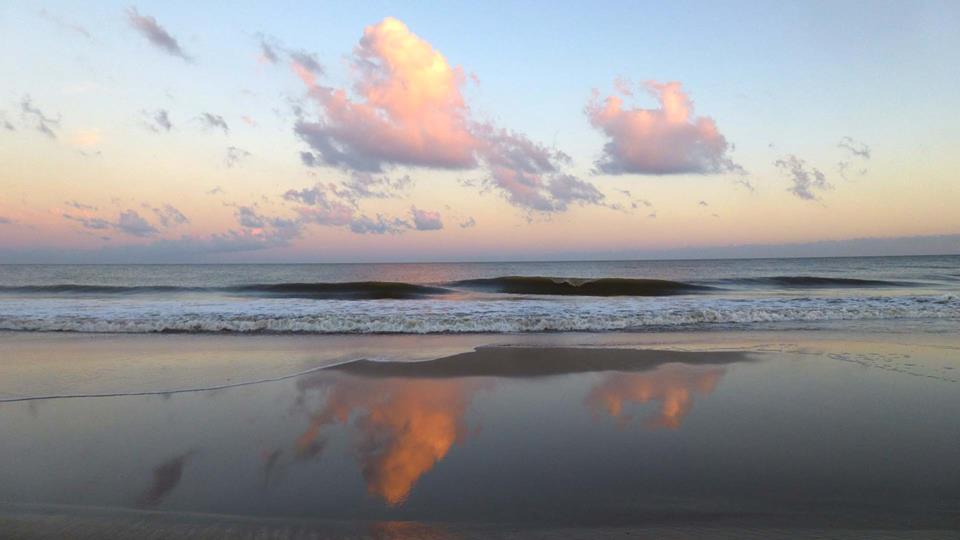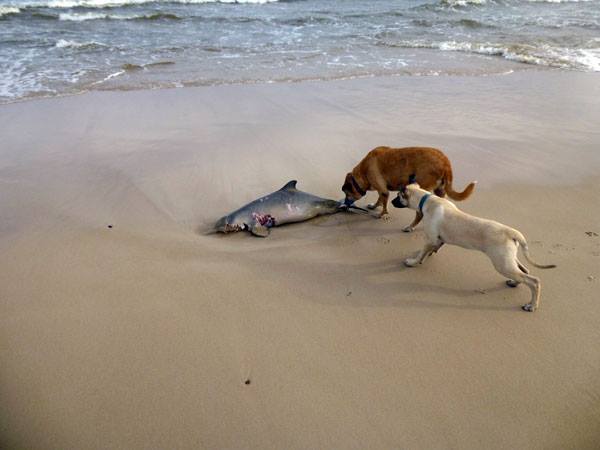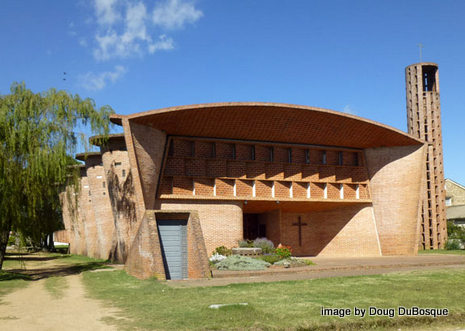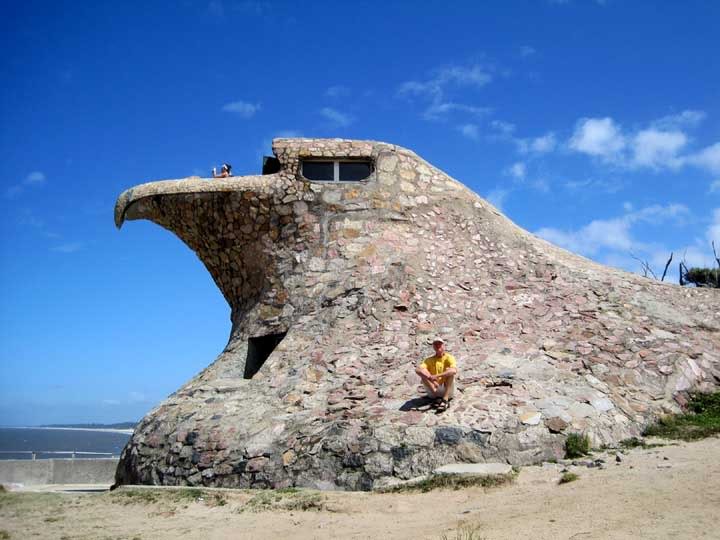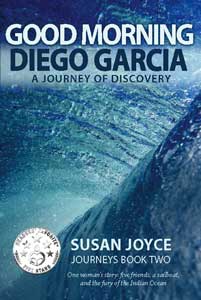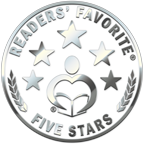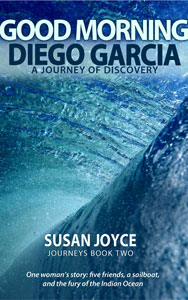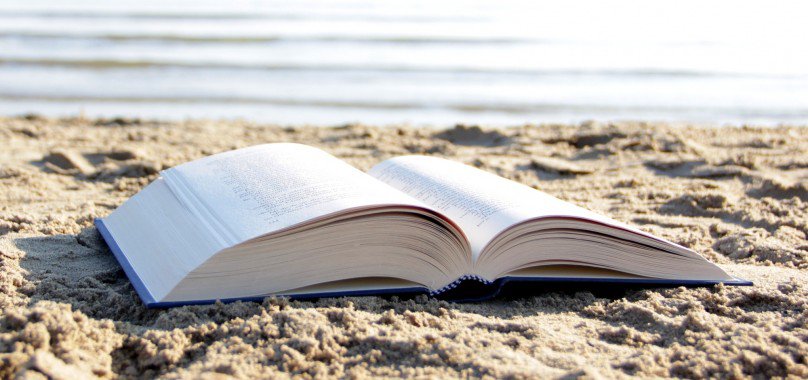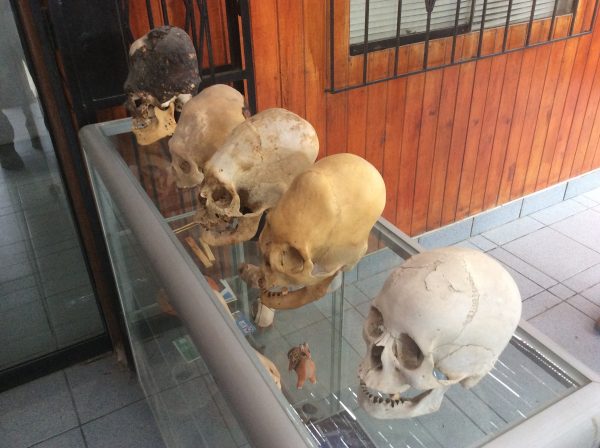
Our flight from Montevideo, Uruguay to Lima, Peru was a short four and a half hours, but leaving for the airport at 2:30 AM on 05 July 2016 meant little sleep the night before. No sleep on the plane and none after we arrived because our tour to explore “Lost Ancient Technologies and Consciousness Of The Ancients” started upon our arrival as we (my husband Doug and I) introduced ourselves to other fellow explorers and experts from around the globe. We were there to learn more about advanced technologies and view dozens of artifacts found in ancient Peruvian ruins now displayed in local museums. By seeing them with our own eyes, we would know if the evidence presented rang true for us.
Doug was aware of my two UFO sightings. One occurred on the island of Cyprus shortly before the Turks invaded in July of 1974 while I sat dining with friends at an outside table in the Kyrenia Harbor. Another happened when I was nine years old and living with my family on the outskirts of Tucson, Arizona. Fascinated with aliens and UFOs as a child, I became even more hooked after a silvery, metallic disk swooped down and hovered mid-air near my personal observation post on a flat hot rock. The alien ship was illuminated with bright colored flashing lights (reminded me of a child’s spinning toy top) and floated so close I could see two gray pilots with extra large, long foreheads and big saucer eyes. My dog Brownie never uttered a sound. In fact we were so shocked we couldn’t speak or move until the lights intensified and the craft lifted and disappeared.
When I asked Doug what piqued his curiosity about aliens and ancient civilizations, he mentioned Frank Edwards, an American writer and broadcaster who wrote a book called Stranger then Science —a collection of stories about strange happenings that science can’t explain.
The following morning, bright and early, we were on our way to Paracas, Peru to see strange things that science has yet to explain to my satisfaction.
As we left our renovated mansion hotel in the manicured, upscale Miraflores neighborhood of Lima, I noticed a sudden change of scenery from bright blue, green, and purple walls to lean-to tin slum dwellings. Next came rows of faded containers in the industrial section and our guide Brien explained that Peru is a self-sufficient country which produces everything but cars and electronics. Piles of rock and sand dotted the landscape waiting to be made into concrete for buildings, roads, and bridges. A green park at the next exit announced an approaching cemetery. Nice to see a spot of green grass and trees. We had left the bustling metropolis of Lima far behind and were heading south to Paracus to see elongated skulls in a local museum. En route, Brien told us a brief history of the Incas and presented interesting information about the elongated skulls cranial volume (25% larger than human skulls) and weight (60% more than human skulls).
Upon our arrival in Paracas, we checked into our resort hotel overlooking the Pacific Ocean and then boarded the bus to visit the small, private Paracas History Museum. This unusual museum had a superb collection of Peruvian elongated skulls, the star child skull, human remains, and a couple of mummies. I remembered first seeing elongated skulls in the anthropological museum, Museo de Antropología de Xalapa, in eastern Mexico in 2005.
As I looked closely at the skulls on display, a fellow traveler asked me for my opinion on whether they looked human or alien.
“Alien to me,” I answered. “I’m no expert, but I have seen aliens.”
“You’ve seen aliens in a UFO?” she asked. “I’m so jealous.”
“Yes. Twice.”
“Where? Did you have witnesses?”
“My dog was my only witness the first time in the Arizona desert.” I laughed. “The second time was on the island of Cyprus and two of my friends watched it with me. The strange looking pilots had extra large, long foreheads and big saucer eyes. Like these.” I pointed to the elongated skulls on display.
“Brilliant!” she smiled.
Later that evening over dinner in the hotel restaurant, I heard others in our tour discuss our guide Brien’s latest revelation about new genetic tests showing the elongated skulls contain extraterrestrial DNA—DNA previously unknown in any human, primate, or animal known so far.
“Very impressive,” I said. “I wonder if National Geographic will report it that way.”
Someone commented, “National Geographic views are like getting news from the Daily Mail.”
Giggles from EU residents seated nearby told me they also questioned National Geographic for accurate information.
I smiled remembering when as a kid I believed every word in each month’s issue to be gospel and truth about everything National Geo reported. It was well respected then. Not sensational. “I’m sure they reject the idea of alien heads.”
Conversation continued around the table as we discussed the scientific theory of binding the head and flattening it to make it grow a certain way. Artificial Cranial Deformation. And how changing the shape doesn’t increase the weight or size of a skull.
Remembering the side by side comparison of a real human skull next to the ancient elongated skull we had viewed in the museum earlier that day, I nodded. “For me, seeing is believing. Definitely alien. Cosmic!”
